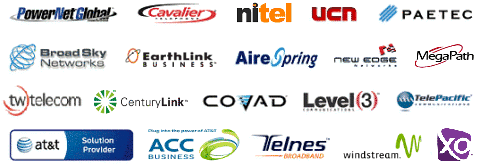What Is Asynchronous Transfer Mode
Asynchronous transfer mode or ATM is usually a cell based switching strategy which has delivered a change in the communication systems of today and are relevant to interconnecting computer systems. This involves plenty of fantastic capabilities which can work on many LAN and WAN links for businesses in Hawaiian Ocean View.
Nearly all of us are familiar with the expression ATM, but how many really understand everything about its operation or how it works? We barely even recognize just what this abbreviation stands for. Well ATM particularly is short for asynchronous transfer mode and can be described as a standard cell based switching technique which expressly uses asynchronous time division multiplexing that makes it possible for transforming unique data into specific sized cells or cell relay and provides distinct data link layer services which especially operate on OSI Layer 1 physical links. Most often individuals confuse it for packet switched networks like the Internet Protocol or Ethernet where differing sized small-scale packets are used for data transport.
Asynchronous transfer mode or ATM generally offers properties of both forms of networking. This suggests that it can be employed in both circuit switched in addition to packet switched networking. This permits it to act as the perfect means of a broad range of data transfer. It is additionally very suitable for high throughput media transport. The design which is especially used in this specific method of data transfer is primarily connection oriented, therefore readily linking the two end points with virtual circuit prior to the data starting to transfer.
Asynchronous transfer mode technology will readily be employed for both LAN and WAN links. ATM also has several other special features which are discussed in brief as follows:
ATM easily delivers excellent transmission rates for both LAN and WAN connections by simply enabling distributed programs of substantial capability that formerly could only be utilized in a LAN network but failed to work on WAN systems.
ATM utilizes the fundamental methods to switch among single integrated switching systems. Therefore, it is specifically appropriate for the distributed programs which usually produce constant bit rate or CBR traffic. This is also useful for variable bit rate or VBR.
Asynchronous transfer mode is a relatively modern principle in the discipline of communication technical knowledge, and it is advancing every day to deliver brand new ways to improve contemporary telecommunications in Hawaiian Ocean View.
We connect you with Hawaii T1 Price. This page is a quick summary of the products specifically offered by T1Market in Hawaiian Ocean View.
As we go forward, our wish is to continuously enhance our product offerings. We now provide enterprise items normally used by larger companies, namely: OC3, MPLS network service, gigabit ethernet, and cloud computing bandwidth delivered over a fiber optic backbone. Many of our carriers also provide complimentary managed Cisco routers for multi-year agreements. Mainly, our goal is to create a bond with you - our client - that will certainly last for years to come. Acquiring your trust is exactly what we do all the time. Saving you cash on low-cost MPLS services is just how we keep it.


